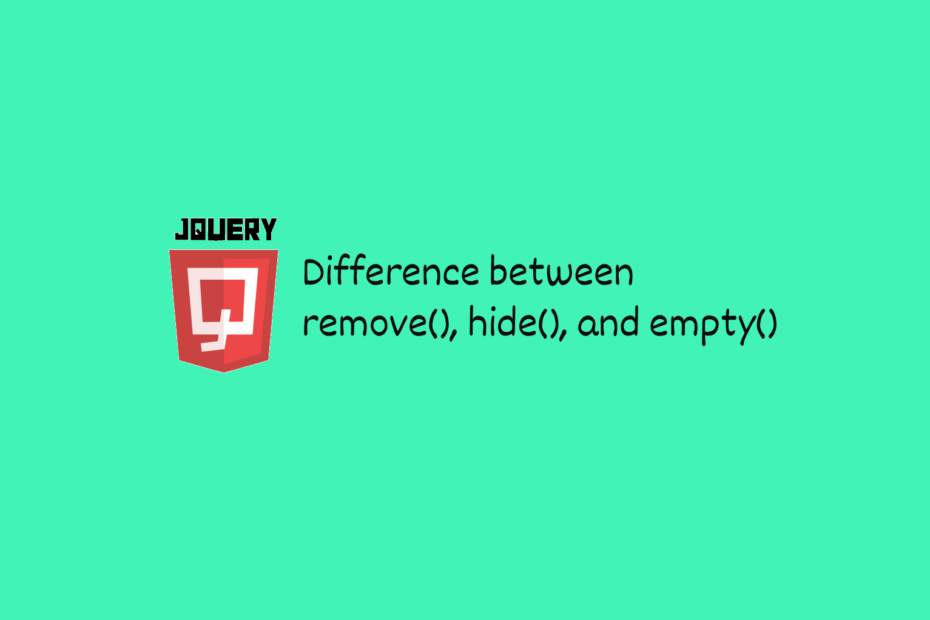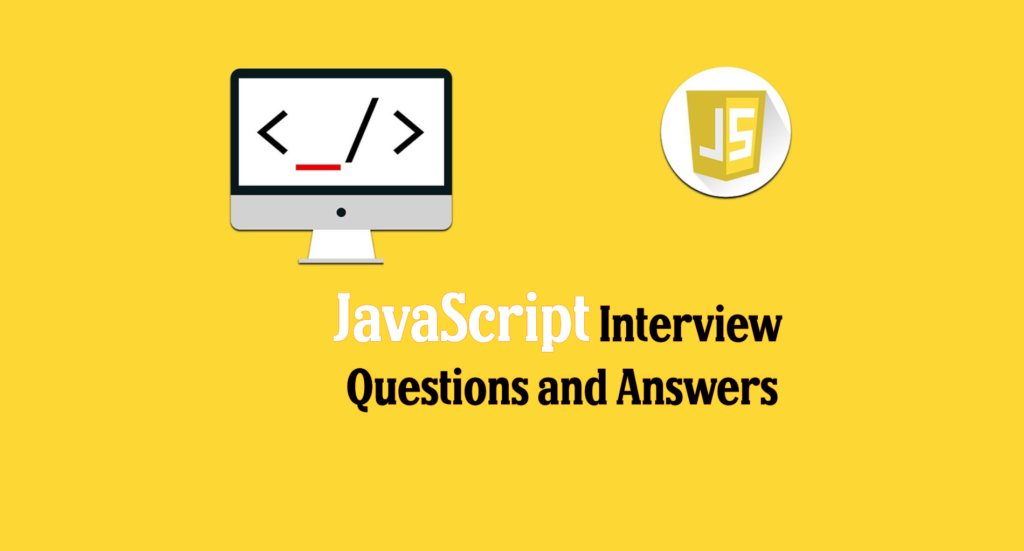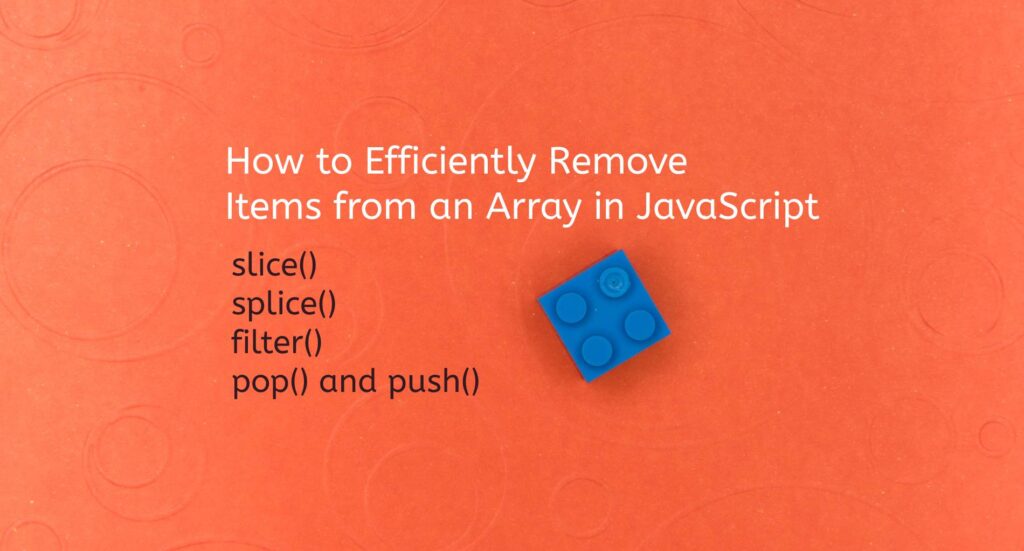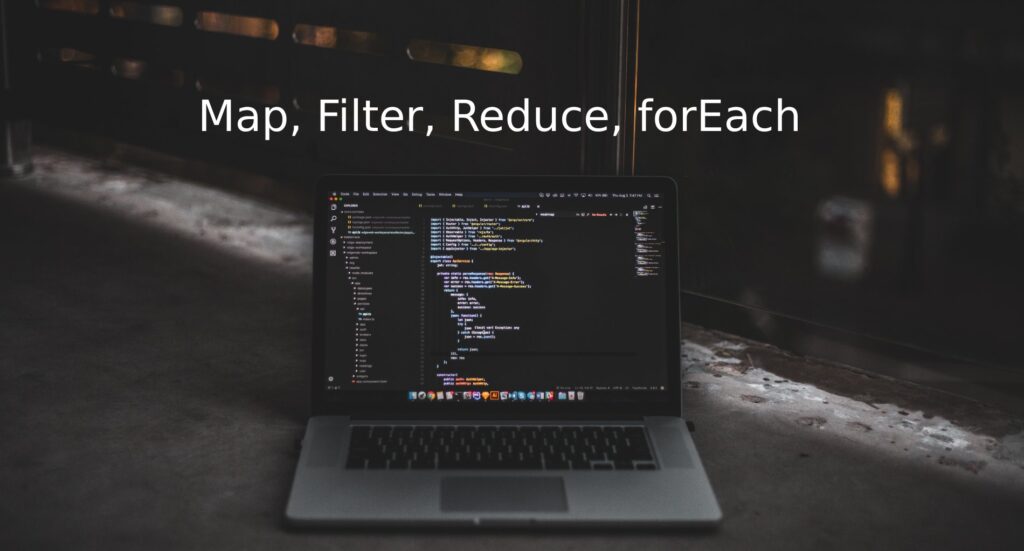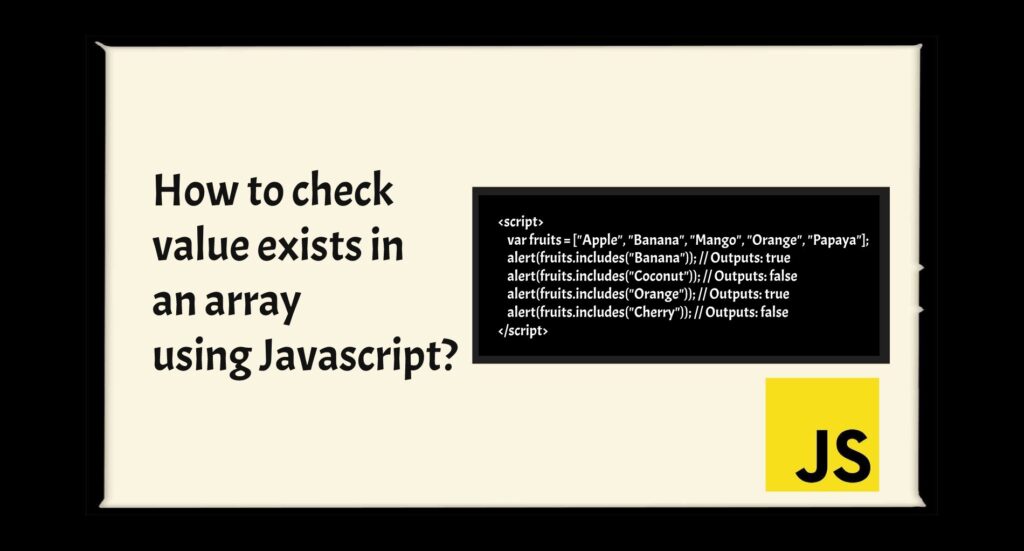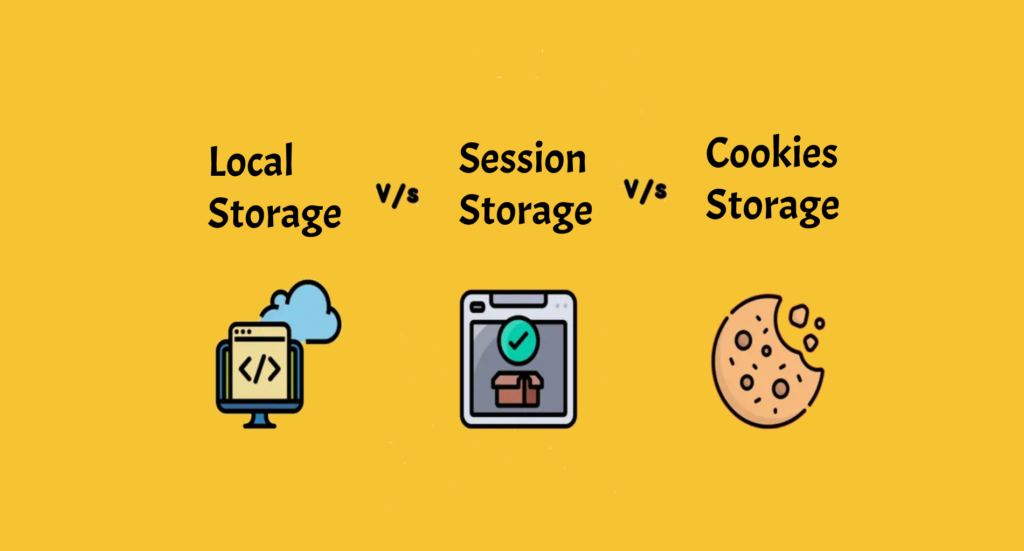The methods remove(), hide(), and empty() in jQuery are used to edit or manage components on a webpage, but they have distinct purposes. Here’s a quick rundown of each strategy, with examples:
remove(): This method removes an element from the DOM (Document Object Model), including all of its descendant elements and event handlers. It essentially removes the element from the page.
Example
Suppose you have an HTML element with an ID of “myElement” that you want to remove from the webpage when a button is clicked. You can use the remove() method as follows:
$("#myButton").click(function() {
$("#myElement").remove();
});
hide(): This method is used to hide an element by setting its CSS display property to “none”. The element is still present in the DOM, but it is not visible on the webpage. Other elements will adjust their positions accordingly.
Example:
Let’s say you have a paragraph with the class “myParagraph” that you want to hide when a button is clicked. You can use the hide() method like this:
$("#myButton").click(function() {
$(".myParagraph").hide();
});
empty(): This method is used to remove all child elements and content from an element, while keeping the element itself in the DOM. It essentially clears the inner HTML of the selected element.
Example:
Suppose you have a div element with an ID of “myDiv” that contains some content (e.g., text, images, other elements), and you want to remove all the content from it when a button is clicked. You can use the empty() method as follows:
$("#myButton").click(function() {
$("#myDiv").empty();
});
Note that the remove() and empty() methods permanently modify the DOM, while hide() only affects the visibility of the element.
Related Articles
JavaScript Interview Questions and Answers
Node.js Interview Questions and Answers
How to avoid confusion between ReactJS and React Native
Conclusion
Understanding the differences between the remove(), hide(), and empty() methods in jQuery is crucial for effective manipulation of elements on webpages. Each method serves a distinct purpose, allowing developers to tailor their approach based on their specific needs.
